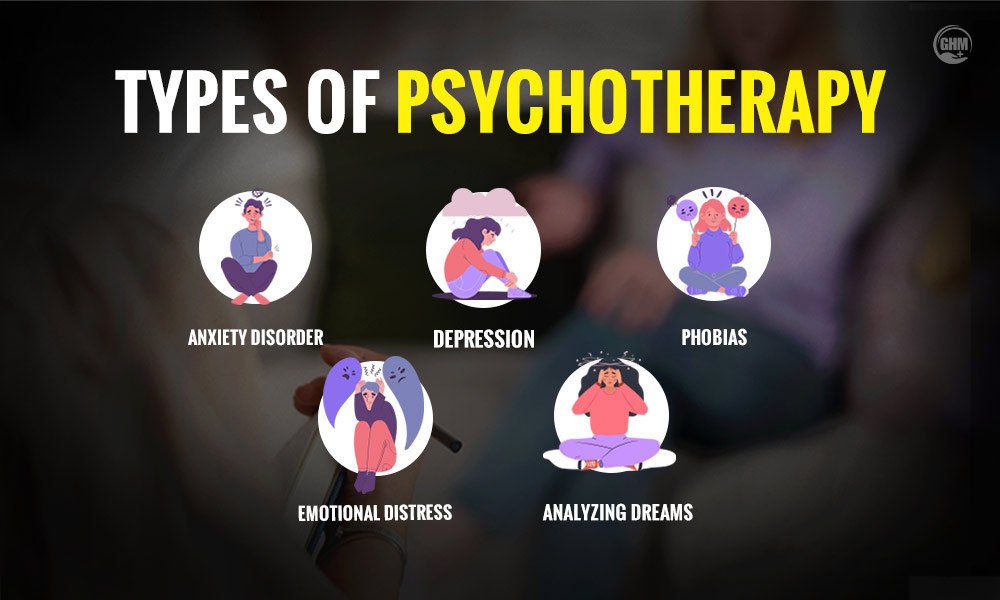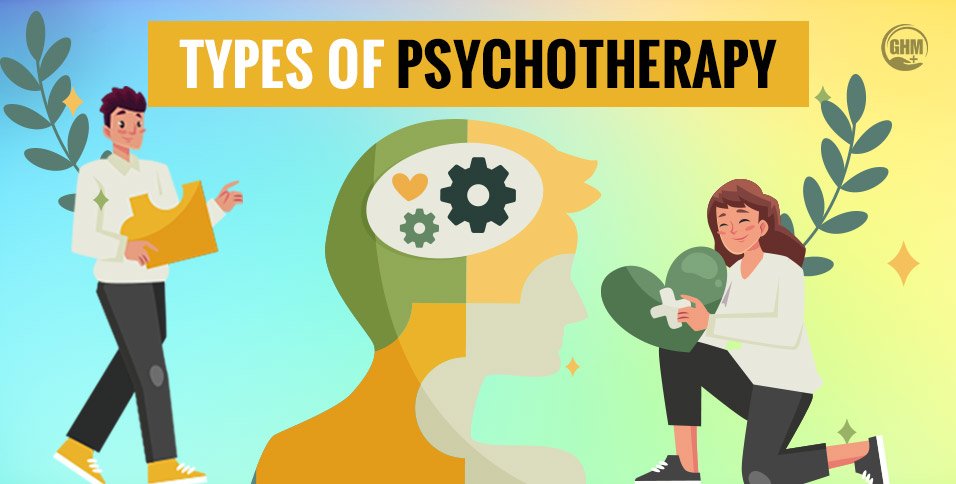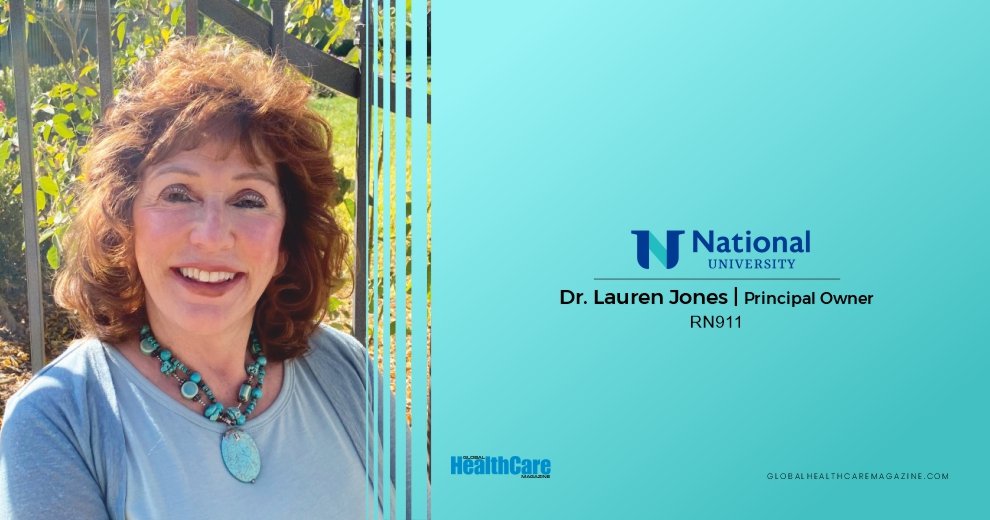Feeling overwhelmed, stuck, or unsure where to begin? You’re not alone. Many people silently struggle with mental health and wonder when—or how—to seek help. The truth is, taking that first step toward psychotherapy can feel confusing. There are many types of psychotherapy, and choosing the right one can seem overwhelming.
Psychotherapy is a structured, collaborative process where a trained professional helps you address emotional, behavioral, or relational challenges. Whether you’re dealing with anxiety, trauma, or relationship conflict, therapy can guide you toward healing and growth.
But here’s the challenge: not every therapy fits every person. This blog will help you understand the most common types of therapy, their core methods, benefits, and how to decide what might work for you. And while this guide offers valuable insight, always consult a licensed mental health professional for personalized advice and support.
Understanding Different Types of Psychotherapy

A. What Is Cognitive Behavioral Therapy (CBT)?
Cognitive Behavioral Therapy is one of the most widely used types of psychotherapy in the world today.
CBT teaches you that your thoughts, feelings, and actions are closely connected. If you change how you think, you can change how you feel and act. This helps reduce stress, anxiety, and even sadness.
Key CBT techniques include:
- Spotting harmful thinking patterns (like “I’m not good enough”).
- Challenging those thoughts with evidence.
- Trying new behaviors to test healthier beliefs.
- Facing fears gradually through exposure.
CBT is most effective for:
- Anxiety disorders
- Depression
- Phobias
- OCD
- Eating disorders
It’s ideal for people who want a practical, short-term solution. If you like solving problems with step-by-step plans, CBT may fit you best. According to an article published in 2028, which is also considered the “gold standard,” states that about 54% of trials for depression met criteria for strong comparison.
B. What Is Dialectical Behavior Therapy (DBT)?
DBT is a structured and skills-based therapy that evolved from CBT. It helps people manage very strong emotions without losing control.
In DBT, you learn to accept yourself while also working to change harmful behaviors. That balance is the heart of DBT.
Key skills taught in DBT:
- Mindfulness (focusing on the present moment)
- Distress tolerance (coping with crisis without making it worse)
- Emotion regulation (understanding and managing emotions)
- Interpersonal effectiveness (communicating clearly and kindly)
People often choose DBT for:
- Borderline Personality Disorder
- Self-harm
- Suicidal thoughts
- Eating disorders
- Substance use problems
DBT is best for those who feel emotions very deeply or struggle with relationships. Research shows DBT reduces suicide attempts by over 50% in people compared to community-based non-behavioral therapy.
C. What Is Psychodynamic Therapy?
Psychodynamic therapy looks into your past experiences and hidden emotions to understand current problems.
It believes that childhood events and unconscious thoughts shape your adult life. By exploring these, you gain deep insight into how your mind works.
Core techniques include:
- Free association (saying whatever comes to mind)
- Analyzing dreams
- Understanding how you transfer past emotions to others
- Reflecting on past relationships
You may benefit from this therapy if you face:
- Depression
- Anxiety
- Relationship issues
- Identity problems
- Long-standing emotional struggles
This therapy suits people who want to understand themselves deeply. According to another report, patients in long-term psychodynamic therapy show more lasting change than in shorter therapies.
D. What Are Humanistic Therapies?
Humanistic therapies focus on your inner potential and ability to heal. These include Person-Centered Therapy, Gestalt Therapy, and Existential Therapy.
These therapies believe you are the expert on your life. The therapist supports you but never tells you what to do.
Key approaches include:
- Showing empathy and warmth
- Listening without judgment
- Being real and open as a therapist
- Using the “empty chair” method to act out conflicts (Gestalt)
People turn to humanistic therapy when they face:
- Low self-esteem
- Identity or purpose issues
- Emotional distress
- Relationship challenges
It’s perfect for people who want to grow, feel heard, and explore emotions without pressure. A study shows a 54.7% satisfaction rate among clients using these therapies for self-development goals.
E. What Is Interpersonal Therapy (IPT)?
IPT focuses on the idea that our relationships affect our mental health. When relationships suffer, our emotions often suffer too.
This therapy aims to improve communication, solve interpersonal conflicts, and help you adjust to big life changes.
Common IPT areas include:
- Grief after a loss
- Role disputes in close relationships
- Major life changes (like divorce or job shifts)
- Struggles with social skills
You might consider IPT if you deal with:
- Depression
- Eating disorders
- Grief
- Relationship issues
People who want to focus on improving current relationships often prefer IPT. According to a report, combining IPT at treatment outset with antidepressant medication, remission rates were 66%.
F. What Is Family Systems Therapy?
This therapy looks at you not alone, but as part of your family system. Problems are not seen as one person’s fault but as patterns shared by the family.
The goal is to understand these patterns and shift how the family works together.
Core methods include:
- Drawing genograms (family maps)
- Identifying unhealthy roles (like scapegoat or peacekeeper)
- Setting healthy boundaries
- Building honest, clear communication
Family Systems Therapy helps with:
- Parent-child conflicts
- Sibling rivalry
- Divorce
- Chronic illness in the family
- Behavior issues in teens
This therapy is for families that want to grow together, not just fix one person. Almost 90% of people report an improvement in their emotional health after family therapy. Nearly 66% report an improvement in overall physical health.
G. What Is Group Therapy?
Group therapy brings together people with similar concerns to heal and grow together. A licensed therapist guides the group.
In these sessions, you share experiences, listen to others, and build social confidence.
Main techniques involve:
- Peer feedback
- Role-play
- Active listening
- Social skill practice
Group therapy often supports people dealing with:
- Addiction
- Grief
- Depression
- Anger
- Social anxiety
This setting is perfect if you feel isolated or want to see that you’re not alone. A report shows that 70% of participants in group therapy showed significant reductions in depressive symptoms after eight weekly one-hour sessions.
H. What Is EMDR Therapy?
EMDR stands for Eye Movement Desensitization and Reprocessing. It’s one of the most powerful types of psychotherapy for trauma.
This method helps your brain process painful memories safely using eye movements or tapping. These actions reduce the emotional weight of the memory.
Steps include:
- Focusing on the trauma memory
- Using bilateral stimulation (e.g., moving eyes side to side)
- Reframing the memory with new meaning
EMDR is mainly used for:
- PTSD
- Childhood abuse
- Anxiety
- Panic attacks
- Phobias
If you’ve lived through trauma and want to heal without talking about every detail, EMDR is highly effective. Studies indicate that EMDR therapy typically leads to significant PTSD symptom reduction within 3 to 8 sessions, with remission rates ranging from 77% to 90% after 3 to 8 sessions of 90 minutes each.
I. What Is Eclectic or Integrative Therapy?
Eclectic therapy doesn’t stick to just one style. Instead, the therapist combines tools from different types of psychotherapy to suit you.
This approach is like a customized treatment plan, using the best tools for your unique needs.
Why this matters:
- Not everyone fits into one method.
- Your issues may change over time.
- A flexible approach often speeds up progress.
This therapy works for almost anyone—children, adults, couples, or families. A large survey of over 1,000 psychotherapists found that only 15% reported using a single theoretical orientation exclusively, while the median number of theoretical approaches used per therapist was four, highlighting widespread integrative/eclectic practice.
It’s ideal for people who want personalized therapy that evolves with them.
How to Approach Choosing a Therapist and Therapy Type
Choosing the right therapist and therapy method can shape your entire mental health journey. To start, ask yourself: What am I going through, and what kind of help do I want? This self-reflection helps narrow down which types of psychotherapy could work best for you.
Once you’re clear about your goals, research licensed professionals. Always verify credentials using official state or country boards. According to the National Board for Certified Counselors (2025), over 12% of complaints in therapy arise from unverified or outdated licenses. So, check carefully.
Next, look into specializations. Does the therapist have experience with your issue, like anxiety, trauma, or grief? Just as you wouldn’t see a heart doctor for a broken arm, finding someone aligned with your needs matters.
Understanding the therapist’s approach is crucial. Some use CBT, while others might prefer psychodynamic therapy or even an integrative style. Feel free to ask about their method. A good therapist will always explain how their type of psychotherapy can help you.
But here’s the truth: the “fit” matters the most. Research from the APA (2025) shows that the quality of the therapist-client relationship accounts for 30% of therapy success, more than the type of therapy itself.
Try a free 15-minute consultation. Ask:
- What’s your therapy style?
- Have you worked with this issue before?
- How do you track progress?
- What’s your fee and insurance policy?
- What if I cancel a session?
Lastly, be patient. Sometimes, finding the right therapist takes time, but it’s always worth it.
Benefits of Psychotherapy
Psychotherapy offers more than just talking—it helps you build a better, stronger version of yourself. Whether you’re struggling with anxiety, low mood, or relationship issues, the right types of psychotherapy can make real change possible.
One major benefit is improved coping skills. Therapy teaches you how to handle stress, triggers, and tough life situations without feeling overwhelmed. For example, CBT equips you with tools to reframe negative thoughts and stay calm under pressure.
Next is enhanced self-awareness and insight. Through open conversations, you start to understand why you feel a certain way or repeat specific patterns. This awareness is the first step toward real personal change.
Psychotherapy also helps with emotional regulation. Instead of reacting instantly to anger or sadness, you learn how to pause, process, and respond mindfully. According to a study by the WHO, individuals in therapy show better emotional balance than those who aren’t receiving any treatment.
Another important benefit is building healthier relationships. As your self-awareness grows, so does your ability to connect, set boundaries, and communicate effectively.
You’ll also notice a reduction in symptoms of mental health conditions. With consistent sessions, many people report fewer panic attacks, depressive episodes, or mood swings.
Finally, psychotherapy encourages personal growth and resilience. You learn how to bounce back from setbacks and create a more meaningful, grounded life.
In short, psychotherapy doesn’t just treat problems—it helps you thrive.
When to Seek Professional Help
Recognizing the right time to seek help is just as important as choosing the right therapy. While everyone experiences stress or sadness now and then, there are clear signs when speaking to a mental health professional becomes necessary.
You should consider therapy when daily functioning is impacted. If you’re struggling to get out of bed, focus at work, or keep up with daily tasks, it may be more than just a rough patch.
Also, watch for persistent emotions like sadness, fear, or hopelessness that last for weeks or months. These feelings aren’t just “in your head.” They’re signals that you may need support through structured types of psychotherapy.
If you find it hard to manage your emotions, such as frequent anger outbursts, crying spells, or constant worry, therapy can help you understand and control those responses.
Many seek therapy for relationship struggles, whether with partners, family, or coworkers. A professional can offer perspective and tools to improve communication and connection.
Life changes like loss, divorce, or major health diagnoses can be overwhelming. In such cases, therapy supports you as you process trauma and adjust to new realities.
And most importantly, if you’re engaging in harmful behaviors like self-harm or substance use, seek help immediately. These are not weaknesses—they are signs that you deserve care and guidance.
Disclaimer: Psychotherapy is not a replacement for crisis services. If you or someone you know is in danger, contact emergency services immediately. Always consult a licensed mental health professional for proper diagnosis and treatment.
Key Takeaways
Choosing the right therapist isn’t about picking the most popular one or the first name that shows up online. It’s about clarity—understanding your needs, preferences, and long-term goals. Before jumping into any of the types of psychotherapy, ask yourself what you’re really struggling with. Is it trauma? Anxiety? Relationship issues? Each therapy type works best for specific situations, and knowing your pain point gives you direction.
Credentials and therapeutic approach matter, but your comfort matters more. The best results often come when there’s a strong connection—what experts call the “therapeutic alliance.” Research even shows that a good therapeutic alliance is one of the strongest predictors of success in therapy, sometimes more than the therapy method itself.
Don’t be afraid to ask tough questions during an initial consultation. It’s your well-being at stake, and a good therapist will welcome those conversations. Be patient. Sometimes, finding the right match may take a few tries.
Finally, remember this: Seeking help is a strength. You don’t need to hit rock bottom to start. If daily functioning feels harder than usual, it might be time. Professional support isn’t a last resort—it’s an act of self-respect.



















